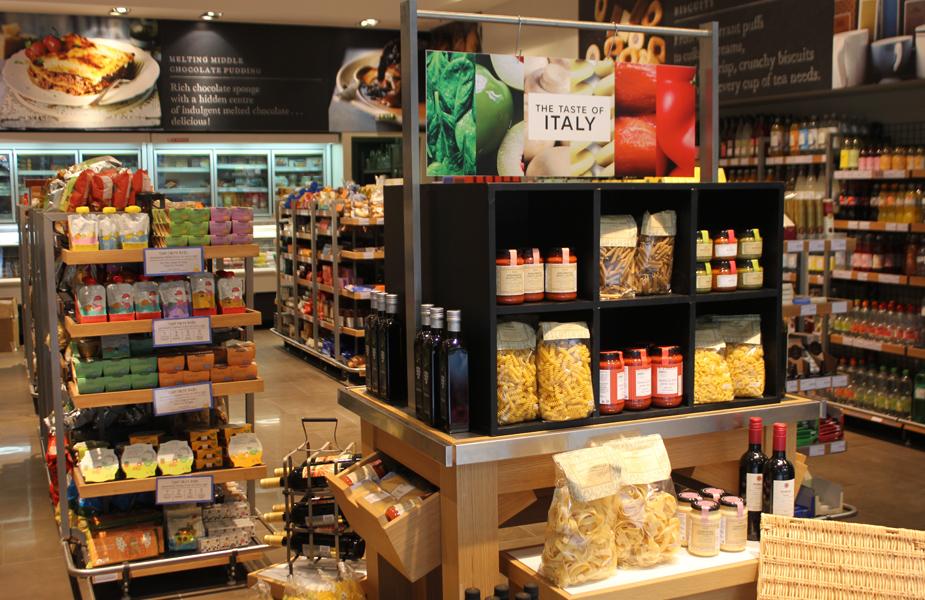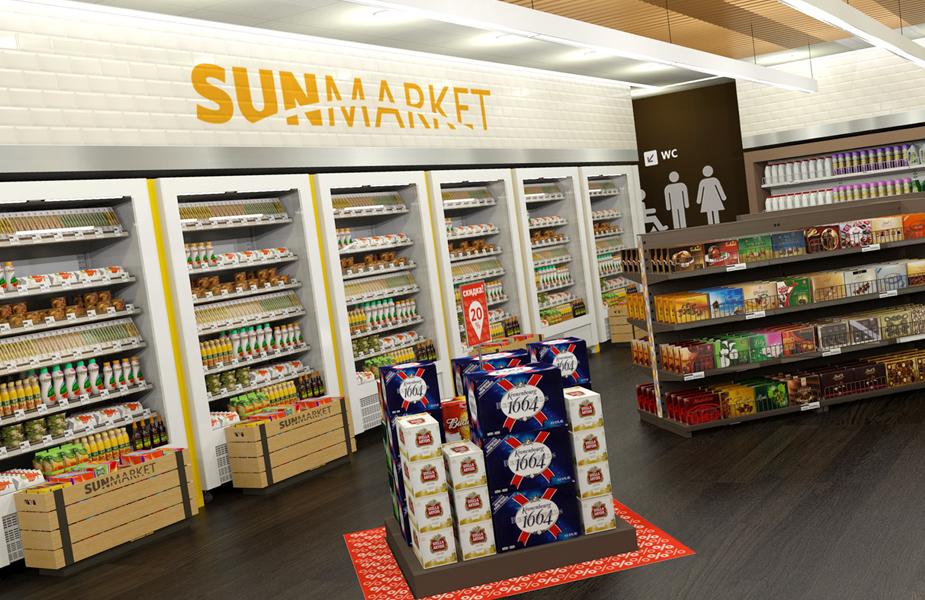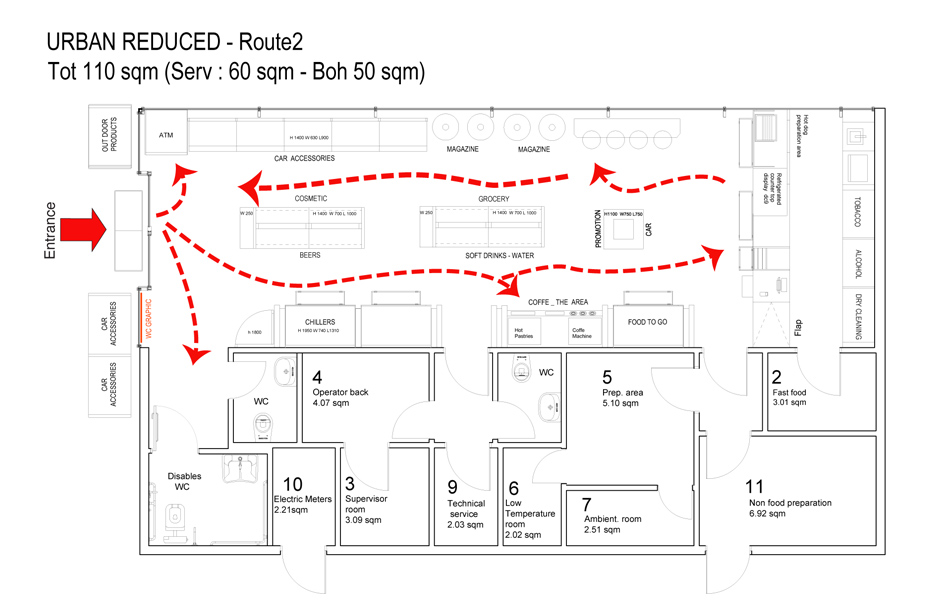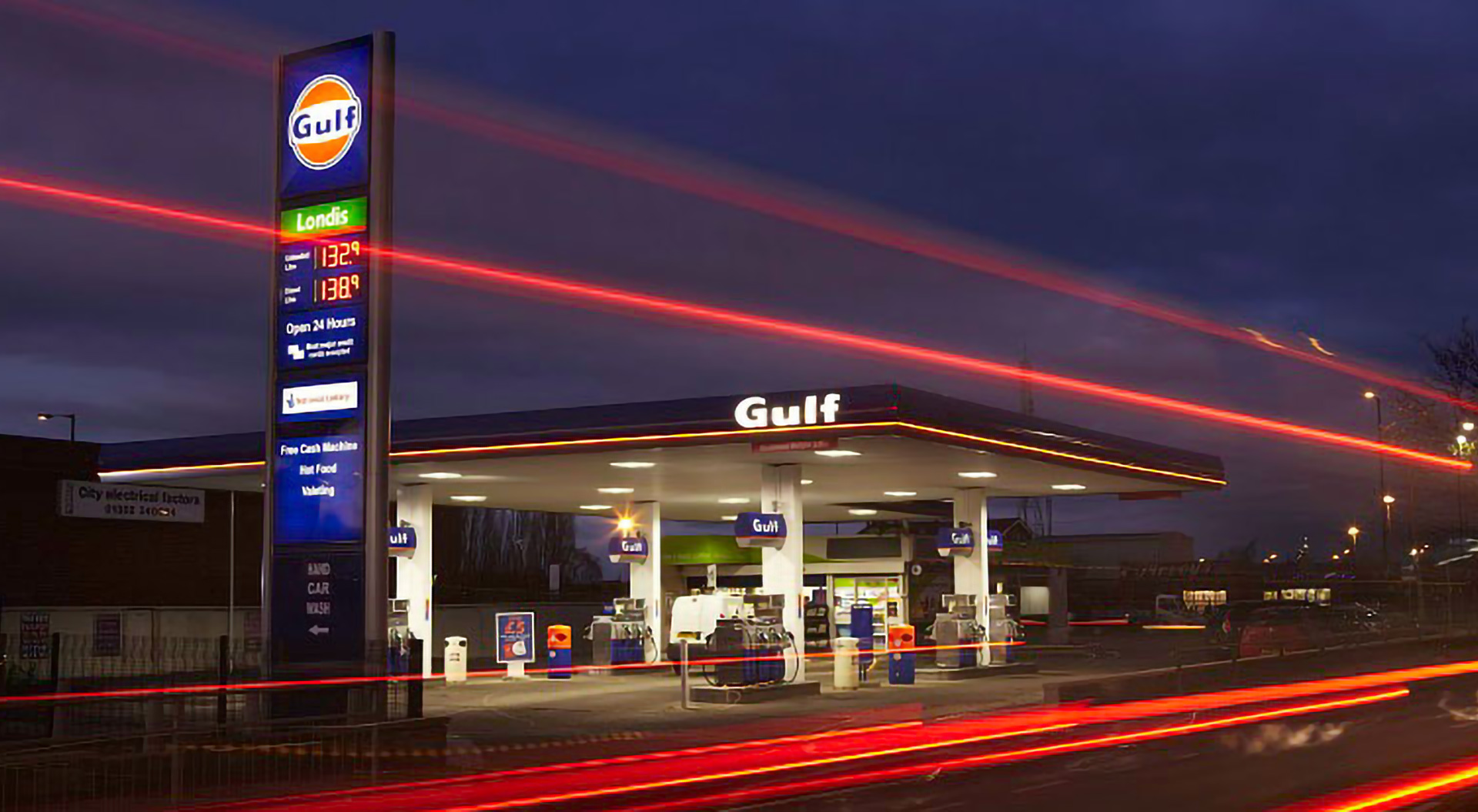News and Views
Petrol Forecourt Design.
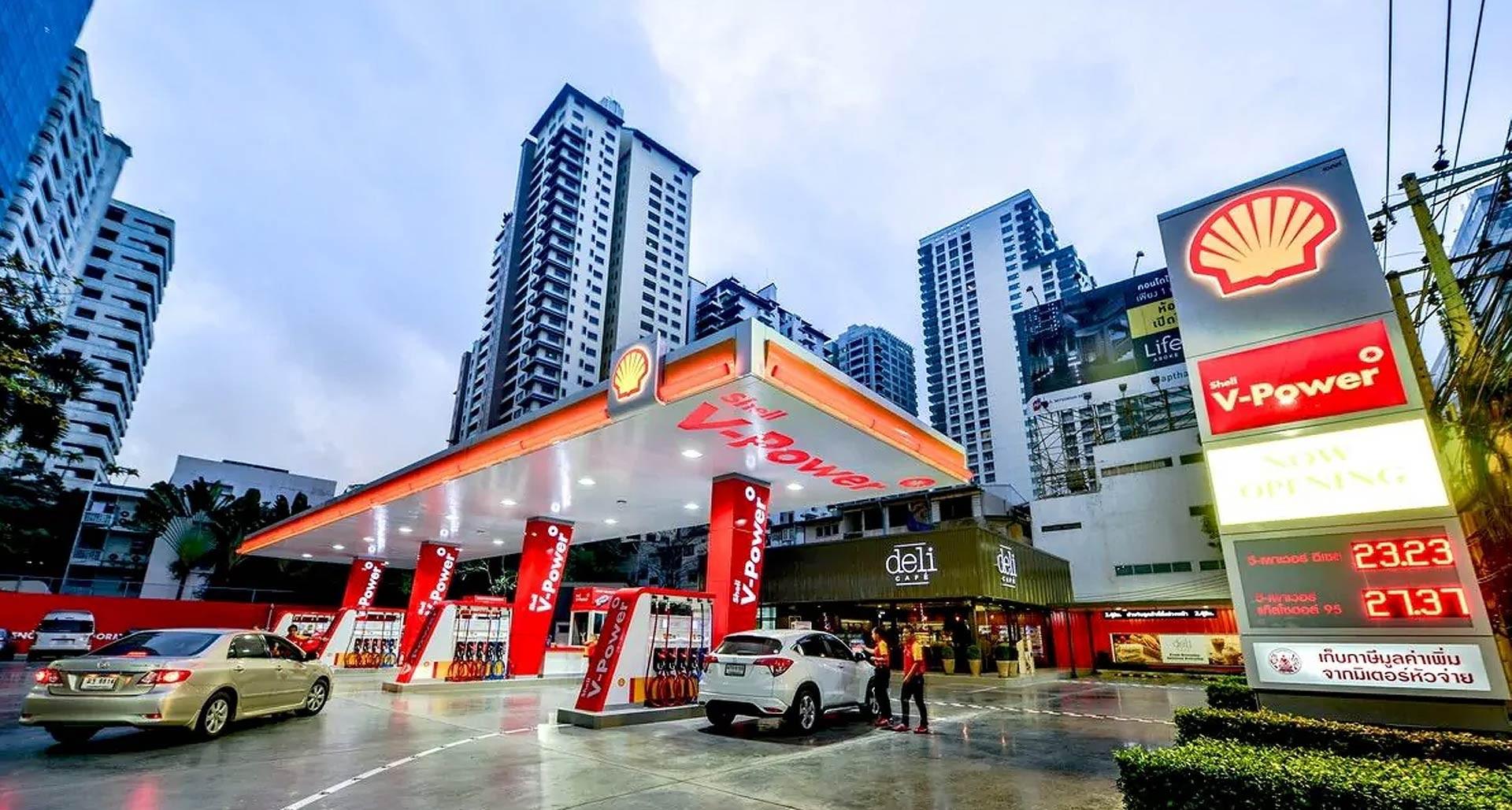
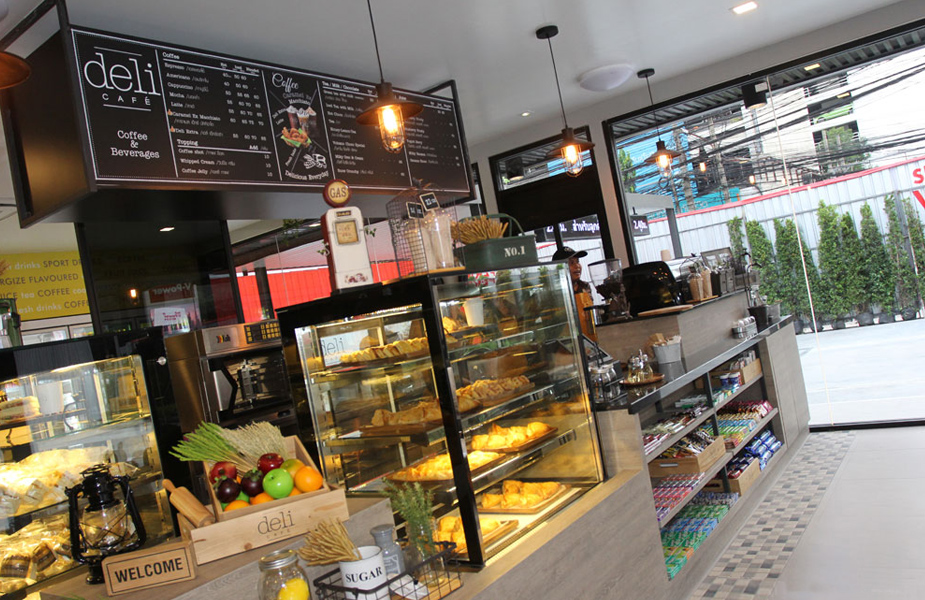
Petrol Forecourt design trends
Petrol Forecourt Retail Branding and Convenience Design: Innovating for the Future
Innovative thinking, practical problem-solving, and world-class strategies are essential when it comes to branding petrol forecourt retail design. As urban areas evolve, operators are increasingly utilising existing petrol forecourt real estate more intelligently. Smaller sites within urban retail landscapes are placing a stronger emphasis on branding, design, and the quality of retail shop offerings, supported by digital apps and fuel brands. The retail spaces at these forecourts will become more appealing to customers and attract a variety of high street brands seeking exposure, including both niche retailers and larger national chains.
Key Trends in Petrol Forecourt Retailing
At CampbellRigg, we listen closely to consumer needs to understand the latest trends in retail strategies, branding, and store design for petrol forecourt operators.
At CampbellRigg, we listen closely to consumer needs to understand the latest trends in retail strategies, branding, and store design for petrol forecourt operators.
1. Premium Coffee Offerings:
Nespresso is at the forefront of this trend, launching ‘Aged Coffee’ pods under the ‘Selection Vintage 2014’ range. Nestlé, the owner of Nespresso, likens the ageing process of coffee beans to fine wine and cheese, offering consumers a rich and mellow taste available at petrol forecourts. This development illustrates a growing demand for high-quality, premium products at these retail locations.
Nespresso is at the forefront of this trend, launching ‘Aged Coffee’ pods under the ‘Selection Vintage 2014’ range. Nestlé, the owner of Nespresso, likens the ageing process of coffee beans to fine wine and cheese, offering consumers a rich and mellow taste available at petrol forecourts. This development illustrates a growing demand for high-quality, premium products at these retail locations.
2. Convenience Food Solutions:
Meal kit delivery services are rapidly gaining traction in the convenience food retail industry, extending their reach to busy railway hubs, petrol forecourts, and motorway service outlets. These services address the consumer need for fresh meal solutions, minimising the time spent on food preparation.
Meal kit delivery services are rapidly gaining traction in the convenience food retail industry, extending their reach to busy railway hubs, petrol forecourts, and motorway service outlets. These services address the consumer need for fresh meal solutions, minimising the time spent on food preparation.
BP's partnership with M&S Simply Food has proven successful, with 248 M&S stores now located on BP petrol stations across the UK, and plans for further expansion. This collaboration has boosted profits in BP's motorway services operation by 35% and reflects the shifting habits of UK consumers who increasingly prefer convenience stores at petrol forecourts.
Evolving Consumer Expectations
As a result, customers will be offered a wider choice not only of fuel types but also of high-quality retail brands recognised as experts in their fields. Oil companies will no longer dictate the retail mix, and the franchising model will shift away from cost-cutting measures toward enhancing the overall customer experience. Given that consumers seek convenience retail solutions more frequently than their vehicles require refuelling, operators must adapt accordingly.
As a result, customers will be offered a wider choice not only of fuel types but also of high-quality retail brands recognised as experts in their fields. Oil companies will no longer dictate the retail mix, and the franchising model will shift away from cost-cutting measures toward enhancing the overall customer experience. Given that consumers seek convenience retail solutions more frequently than their vehicles require refuelling, operators must adapt accordingly.
To assist petrol forecourt operators in navigating the brand development process, we’ve identified five key solutions to address significant issues throughout the journey:
Identify technological standards and solutions that align with consumer trends.
Conduct feasibility and cost-benefit analyses.
Develop branding and merchandising solutions, format planning, CAD drawings, prototyping, consumer focus group research, and validation requirements.
Create physical prototypes of shortlisted solutions.
Test prototypes in real-life settings.
The Future of Petrol Forecourts
What will future filling stations look like? We envision modern, digitally engaging spaces, sensitively landscaped using environmentally sustainable materials and integrating a range of environmental technologies alongside fresh convenience food offerings.
Conduct feasibility and cost-benefit analyses.
Develop branding and merchandising solutions, format planning, CAD drawings, prototyping, consumer focus group research, and validation requirements.
Create physical prototypes of shortlisted solutions.
Test prototypes in real-life settings.
The Future of Petrol Forecourts
What will future filling stations look like? We envision modern, digitally engaging spaces, sensitively landscaped using environmentally sustainable materials and integrating a range of environmental technologies alongside fresh convenience food offerings.
At CampbellRigg, we continually analyse both the positive and negative effects of emerging trends, providing fuel retailers with actionable recommendations. With our extensive understanding of future food and non-food retail trends at service stations across Europe and the Near East, we enable retailers to plan effectively and strategically.
Looking Ahead: Trends in Motoring
New services and partnerships will be vital for petrol forecourts, including digital apps linked to savvy restaurant operators and convenience food retailers with fresh food outlets and cafés. As alternative fuel vehicles, such as hydrogen and electric fuel cells, gain popularity, motorists will increasingly choose their destinations based on available services. Innovative fuel retailers will capitalise on this by developing new offerings and forming strong partnerships.
New services and partnerships will be vital for petrol forecourts, including digital apps linked to savvy restaurant operators and convenience food retailers with fresh food outlets and cafés. As alternative fuel vehicles, such as hydrogen and electric fuel cells, gain popularity, motorists will increasingly choose their destinations based on available services. Innovative fuel retailers will capitalise on this by developing new offerings and forming strong partnerships.
In the realm of hydrogen innovation, a joint venture between Royal Dutch Shell and Daimler aims to commercialise hydrogen fuel for vehicles, with plans to have hydrogen-fuelling pumps at 400 locations across Germany by 2023.
Istvan Kapitany, executive vice president of retail at Royal Dutch Shell, reports that total sales at refurbished Shell stores have risen by 15%, with food sales increasing by 49% and shop margins improving by 19%. This success highlights the importance of offering premium products to attract customers.
In today’s digitally connected economy, retailers must work harder to capture consumer attention, especially at petrol stations, where price and location have historically outweighed brand loyalty.
As part of our ongoing petrol forecourt design renewal process, we regularly benchmark best-in-class operations globally. Our recent visit to a deli café at a Shell station in Thailand illustrated the potential for creating appealing, customer-focused environments. The images in this article reflect insights from this visit, our work with the Western Oil Group in Ukraine, and our collaboration with Tesco on petrol forecourt design.
If you're interested in discussing your petrol forecourt design or refurbishment program, branding, digital, and social media needs, please reach out to us.
